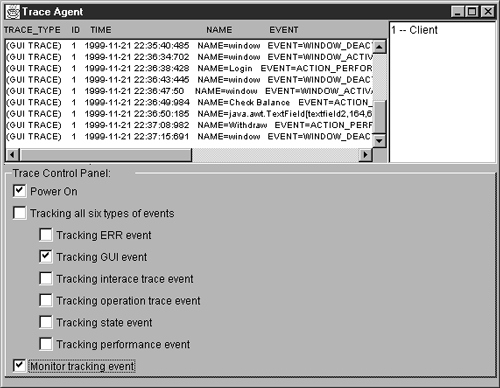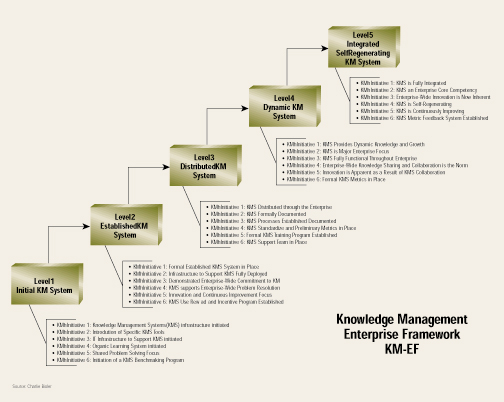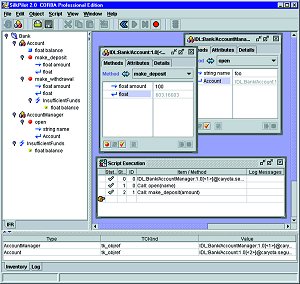Easier-to-use and embeddable data mining tools carrying shrinking price tags enable many more IT organizations to sift through complex data for kernels of gold.
Top engineers outline techniques for improving the corporate software development process.
For this year's ADT's Programmers Report Java Writer's Choice Awards, our intrepid band of reporters consisted of 64 independent, seasoned Java pros, ranging from in-the-trenches coders to big-picture architects.

Group aims to create "rigorous" definitions for component development terms and standards
Suppliers open "parts" of development suites, but still own elements of key technologies to maintain control of "intellectual property," provide services and generate revenues.

IBM broadens the effort to open its development and middleware technologies by supporting an ever-increasing list of standards led by Web services, XML and Java; targets Oracle, Microsoft in aggressive push.

Component engineering is gaining substantial interest within the software engineering community. A great deal of research has been devoted to analysis and design methods for component-based software. However, only a few articles have addressed the testing and maintenance problems of component-based software. This article discusses component traceability and maintenance issues and solutions in supporting software components of component-based software. The authors propose a Java framework, as well as a systematic approach to support tracking and monitoring of software components in component-based programs. Application examples and the supporting system are described. In addition, the concept of traceable components, including requirements, design guidelines, and architecture style, is introduced.

The author advances the idea that roles and interfaces have much in common and, with a few changes in definition, can be merged into one.

Unpredictable technology boosts the need for knowledge management; but the concept must first get beyond the hype.
Unremitting technology changes force suppliers to boost scalability and performance constantly; at the same time, tools are tweaked to fit into each phase of the development life cycle.

OMG turns to XML in latest effort to create standard meta data architecture; can this effort gain support from suppliers where others have failed?

EDI may be forgotten by many, but it's still used by countless firms for B2B transactions; EIM aims to synchronize XML and EDI content and pave the way to a quicker, easier upgrade of the mature e-commerce systems.

IBM broadens the effort to open its development and middleware technologies by supporting an ever-increasing list of standards led by Web services, XML and Java; targets Oracle, Microsoft in aggressive push.
Unworkable schedules and requirements can lead to poorly designed, mostly unusable e-business systems; adequate tools for managing change are vital to any successful e-business project.
ACNielsen, Kesmai Studios and Loewe GmbH look to UML to bring order to complex development projects. While the technology is a big help, there is still a way to go.

Complex, critical integration projects can fail at any point. Experts say an iterative testing process must become an integral ingredient of any successful integration project.
Enterprise Information Portals (EIPs) may be the 'next big thing' for corporate users. It is also sending suppliers scrambling to carve out a choice position in the market.